Mumbai - Nashik - Shirdi - Aurangabad - Shani Signapur - Pune - Mahabaleshwar - Loavala - Alibagh – Mumbai
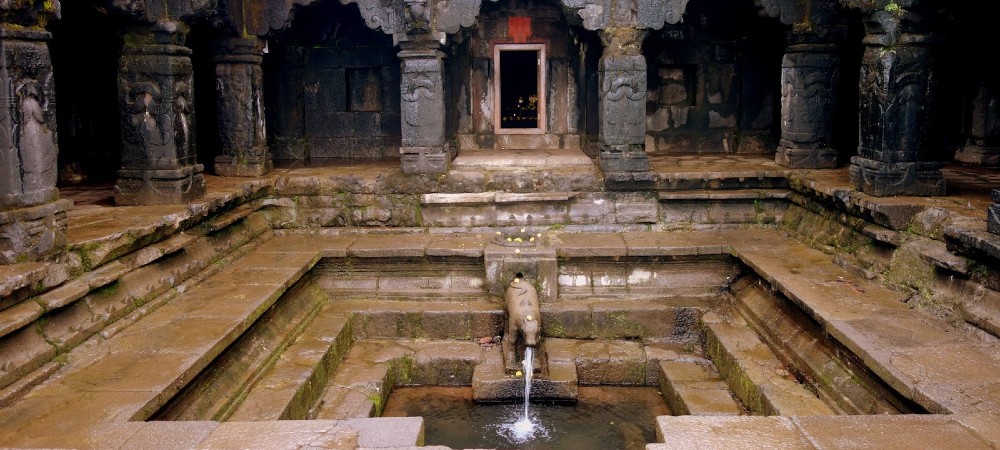
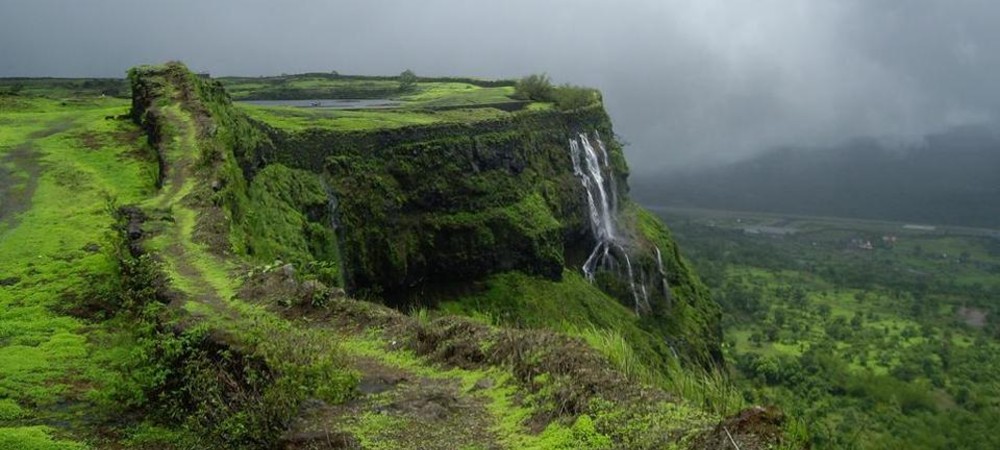
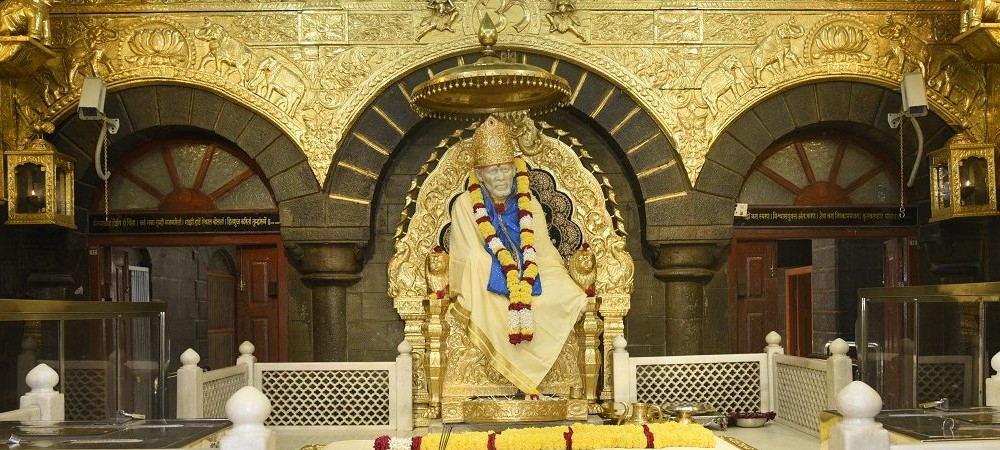
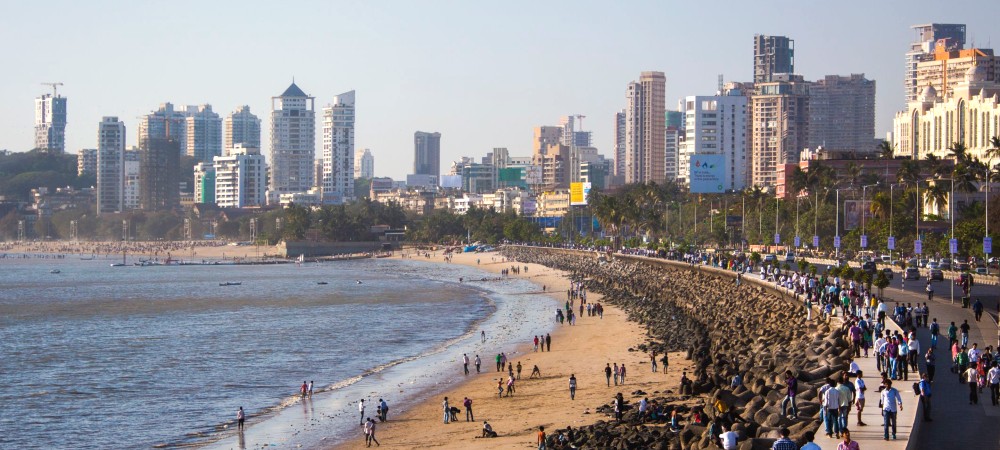
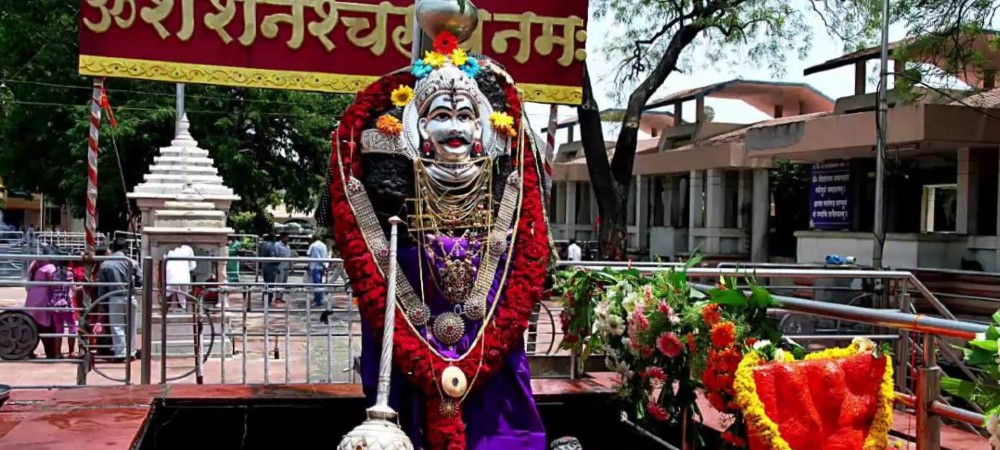
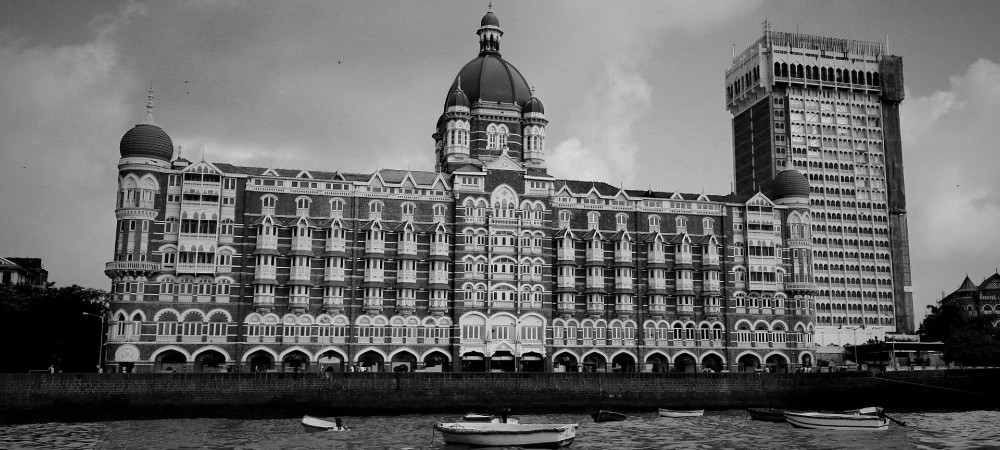
This 15 nights and 16 days long trip provides you a magical opportunity to understand the soul of Maharashtra. You will be able to witness the beautiful sculptures, paintings and shrines in Ajanta and Ellora Caves in Aurangabad plus will be able to get the glimpses of the metropolitan life of Mumbai, the commercial capital of India. The other destinations, which you will visit during this trip are Lonavala, Mahabaleshwar, Nashik, Shirdi, Pune, and Mahabaleshwar.
No need to surf Multiple Sites for packages, quotes, travel plans
Trusted Guide for Female (If Required) & Best Care to Female Travelers
Compare, Negotiate & Choose the best from Multiple Itineraries Options
of 2000+ Hotels, Reliable & Authentic Travel Guides in India
Arrival assistance at Mumbai airport and transfer to hotel.
MUMBAI Originally an archipelago of seven islands on the Arabian Sea, Mumbai was named after Mumba Devi, patron goddess of the Koli fishermen indigenous to the area. In the 19th century, reclamation work joined up the islands in a long, narrow strip of land that is the Mumbai we know today. This bustling metropolis is India’s commercial capital and home of Bollywood, the world’s largest movie industry. A city of contrasts, Ferraris and Porsches stand shoulder to shoulder on Mumbai roads with strikingly retro Premier Padmini cabs, and glitzy malls stocking super luxury brands co-exist side by side with buzzing local markets.
Overnight at Hotel.
Morning after breakfast proceed to visit below places.
Gateway of India:
One of the most prized chattels of the country, the Gateway of India is situated on the waterfront in South Mumbai. Anyone coming to Mumbai from this arbour is greeted by the huge monument, which stands as a authentication to the imperial bygone era of the city. As you pass through the gate from the city side, the first scene that looms into view is that of the waterfront of South Mumbai.
Marine Drive:
Crawford Market is situated to the north of the Chhatrapati Shivaji Terminus of Mumbai. It lies just contrary the headquarters of Mumbai Police. Authoritatively known as Mahatma Jyotirao Phule Market, Crawford Market is counted in the midst of the popular shopping areas of the city. Crawford Market has been built as per the Norman and Gothic style of architecture. At a height of 50 feet above its ground is a porthole awning, which brings sunlight into the market.
Prince of Wales Museum:
Prince of Wales Museum is the erstwhile name of Chhatrapati Shivaji Maharaj Vastu Sangrahalaya of Mumbai. In 1905, its foundation stone was laid down, by George V – the Prince of Wales himself, who came on a visit to India. The splendid structure was designed by George Wittet, an architect. The construction work was concluded in 1914, but the structure was converted to a military hospital for the period of World War I. The full-fledged museum was inaugurated by Lady Lloyd in 1923.
Mani Bhavan:
is a veritable memoir of Mahatma Gandhi, the Father of the Nation. It is located at Laburnam Road in Mumbai, near Nana Chowk of Gamdevi. Also known as Gandhi Museum, Mani Bhavan served as the residence of the great freedom fighter of India between 1917 and 1934. Infact, Mahatma Gandhi started various struggle movements like Non-Cooperation, Satyagraha, Swadeshi, Khadi and Khilafat while residing here.
Hanging Gardens:
Also known as Ferozeshah Mehta Gardens are the perfectly manicured terraced gardens on the slopes of the Malabar Hill, just opposite the Kamala Nehru Park.
Dhobi Ghat:
A unique feature of Mumbai, the dhobi is a traditional laundryman, who will collect your dirty linen, wash it, and return it neatly pressed to your doorstep. All for a pittance. The “laundries” are called “ghats”: row upon row of concrete wash pens, each fitted with its own flogging stone. The clothes are soaked in sudsy water, thrashed on the flogging stones, then tossed into huge vats of boiling starch and hung out to dry. Next they are ironed and piled into neat bundles. The most famous of these Dhobi Ghats is at Saat Rasta near Mahalaxmi Station where almost two hundred dhobis and their families work together in what has always been a hereditary occupation.
Chowpatty Beach:
Chowpatty is Mumbai’s most famous beach. During the day, it is the hangout of the happily unemployed who snooze under the shade of its miniature trees. But in the evening the atmosphere is more like a carnival: kids screaming on Ferris wheels or taking pony rides, wayside astrologers making a quick buck, monkey shows, and even the odd self –styled gymnast who will demonstrate amazing yogic postures for a small fee. At one closing stages is a row of bhelpuri shops hawking Mumbai’s most popular snack: crisp puffed rice and semolina doused in pungent chutneys, all scooped up with a flat, fried puri. You might even catch a film shoot or a street play. In short, for most tourists Chowpatty is where the action is.
Overnight at Hotel.
Post breakfast, drive to Nashik.
Reach and proceed for sightseeing of Nashik -
Trimbakeshwar is a highly religious center of Hindus having one of the 12 Jyotirlingas of Shiva. The Jyotirlinga of Trimbakeshwar is having its three faces representing Lord Brahma, Lord Vishnu and Lord Mahesha. Due to excessive use of water, the lingam has started to erode. It is said that this erosion symbolizes the eroding nature of human society. The Lingas are covered by a jeweled crown which is placed over the Gold Mask of Tridev (Brahma Vishnu Mahesh). The crown is said to be from the age of Pandavas which is consists of diamonds, emeralds, and many other precious stones.
According to Shiv Mahapuran, once Brahma (the God of creation) and Vishnu (the God of saving) had an argument in terms of supremacy of creation. To test both of them, Shiva pierced the three worlds to a huge endless pillar of light - the jyotirlinga. Vishnu and Brahma set their ways to downwards and upwards respectively to find the end of the light in either directions. Brahma lied that he found out the end, while Vishnu conceded his defeat. Shiva appeared as a second pillar of light and cursed Brahma that he would have no place in ceremonies while Vishnu would be worshipped till the end of eternity. The jyotirlinga is the supreme part-less reality, out of which Shiva partly appears. The jyotirlinga shrines, thus are places where Shiva appeared as a fiery column of light.
River Godavari flows through Nashik and its Northern part is called as Panchavati. It is mentioned in the Ramayana that lord Shri Ram and Sita along with Laxman stayed at Panchavati for some time during their Vanvas (exile). Due to this Panchavati has gained holy importance. There are five Banyan (Vat) trees and hence the area is called Panchavati. Nearby is Sita Gufa (cave) where Sita is said to have stayed for some time.
Overnight stay at the hotel.
In the morning drive to shirdi.
Shirdi is the home of one of the most revered saint of Maharashtra - Sai Baba of Shirdi. Well known as the 'Child of God', Sai Baba talks of tolerance towards all religions and shared the message of universal brotherhood. Located 90 kms away from Nashik, a visit to this holy place of India during weekends will take you close to the spiritual power of the country.
Sai Baba Temple: The Sai Baba temple of Shirdi attracts millions of devotees of all religions, castes and creed from around the world who worship Shri Sai Baba. The temple is a beautiful shrine built over the Samadhi of Shri Sai Baba. The temple opens for devotees at 5.15 a.m. (0515 hrs) with Kakad Aarti and remains open till the end of Shejarti.
Overnight stay at the hotel.
Morning visit to Saibaba temple other temples like Dwarkamai, Chavdi, Khandoba Temple, Nand deep, Sai Museum all in the same complex.
Overnight at Hotel
Post breakfast, proceed for sightseeing of Ajanta Caves.
Ajanta Caves:
High above the Waghora river gorge, lie thirty extraordinary caves that conceal in their depths entire temples hewn from solid rock. Once used as monsoon shrines and quarters by Buddhist monks and craftsmen, the Ajanta caves were built in two great bursts of extraordinary creativity separated by over 700 years. The older of the caves date back to 2nd and 1st centuries BC. The more modern caves, relatively speaking of course, belong to the 5th to 6th centuries AD. Inside the caves are chaitagrihas or prayer halls, and viharas or full-fledged monasteries. Vivid natural color murals depicting the Buddha’s life and teachings adorn their walls.
Grishneshwar Jyotirlinga:
Temple enshrines one of the most revered 12 Jyotirlingas in India. This lingam is also known as Kusum Eswarar, Grishneshwar and Ghushmeshwar, apart from Grishneshwar. The temple was re-constructed in the 18th century by Ahilyabai Holkar. The temple is constructed in red volcanic rocks and the appealing appearance of the temple is eye catching. The temple has a 5 tier Shikara, which is very attractive. Shikara is crowned with images of Bull and Monkeys.
Overnight stay at the hotel.
Today we will proceed for Ellora Caves.
Ellora Caves:
The caves are over 2000 years old and consist of temples and monasteries hewn from rocks by Buddhist, Hindu and Jains monks and artisans, (Ellora caves are closed on Tuesday).
Bibi ka Maqbara:
Having a striking resemblance to Taj Mahal, the Bibi ka Maqbara is a beautiful mausoleum of Rabia- Ul - Daurani alias Dilras Banu Begum, the wife of Mughal Emperor Aurangzeb. Bibi ka Maqbara was constructed by Aurangzeb in the year 1661 in the memory of his wife. Aurangzeb attributed this magnificent edifice in the name of his son Azam Shah who was born in the year 1653, so as to commemorate Rabia - Ul - Daurani, who left for her heavenly abode in the year 1657.The monument resembles the famous Taj Mahal, as the main inspiration for building the design was from here and is often referred to as the Taj of the Deccan. Bibi ka Maqbara intended to rival the Taj Mahal, but because of the decline in architecture and the proportions of the structure, it completely resulted in a copied form of the same. Incidentally, this is one of the largest structures to have been built during Aurangzeb's reign. The mausoleum is a very popular attraction and the monument along with the backdrop of the mountain ranges bring out something beautiful.
Overnight stay at the hotel
Morning drive to Pune enroute visit to Shani Signapur and Ahmednagar. We will visit Ahmednager Fort, Farah Bagh in Ahmednagar.
Later drive to Pune. Upon arrival check into hotel.
Overnight at Hotel
So lets start with the landmark of Pune city that is Shaniwarwada the palace of the Peshwas (Ministers) to the rulers of Maratha Kingdom. This palace of the great Peshwas of Pune, is seeped with history. Its walls survived the great fire of 1827. A place of quiet and scenic beauty, it is a source of pride for the locals standing tall in the center of this heritage city.
Very near to the Shaniwarwada is the beautiful and famous "Dagdusheth Halwai Temple." This temple is dedicated to the Lord Ganesh. This temple is popular in Maharashtra and visited by thousands of pilgrims every year especially during the annual ten day Ganesh festival. The main idol is insured for a sum of 1 crore. The idol is very beautiful and enchanting, the moment you see the idol a feeling of divinity will engulf you. So be there to experience the divine power.
Next you can either check out Parvati Temple or the Pataleshwari Cave Temple: This 8th century rock cut cave temple has been entirely carved out of Basalt or Black rock. The temple consists of several massive square pillars, seating areas and rooms where the idols are kept.
Parvati Hill Temple:
This is one of the oldest heritage structure of Pune situated atop a hillock. The most scenic location in Pune makes the climb of 103 steps seem like a cakewalk!
Raja Dinkar Kelkar Museum is another notable attraction in Pune which you should not miss out on. This Museum contains more than 20,000 exhibits, out of which only 2,500 are on display. These exhibits include household items, wooden artefacts, paintings, etc. Dr. Dinkar started collecting these exhibits in 1920 and this museum is dedicated to his son, Raja who died early. Read here for more information on this Museum.
Next you can move on to Aga Khan Palace. This beautiful palace which boasts of intricate Italian arches,alluring architecture as well as spacious lawns cannot be imagined as a jail!! But this place is of historic importance as this was the very place where Mahatma Gandhi and his wife Kasturba were placed under house arrest during the 1942 Quit India Movement.
Overnight stay at the hotel
Morning begin driving towards Mahabaleshwar, another mesmerizing hill resort of the state, thronged by tourists from all around.
Leave the hotel room for visiting the attractions. Enjoy the amazing weather. Visit popular points like Arthur’s Seat, Babbington Point and Sunset Point to admire some panoramic views of the surrounding areas. Visit Morarji Castle, known for its British architecture. Taste the local renditions and so on. Overnight in Mahabaleshwar.
Overnight stay at the hotel
Morning drive to Lonavala. Upon arrival check into hotel. The place is perfect for all those seeking for calm and peaceful place. It is known for a popular candy known as 'chikki'. Every year lots of tourist from around the world visit this soothing place especially during monsoon. During monsoon season, this hill station becomes more alive and active with lots of travel freaks. Lonavala got its name derived from 'Len' and 'Avali' that roughly translates to 'the resting place of stones'.
Overnight at Hotel
After breakfast visit for some beautiful lake and cave of Lonavala, Lonavala Lake,Tungarli Lake, Karla Cave, Lohagad fort. Evening free for leisure. Overnight stay at hotel.
Lonavala Lake: Lonavala Lake is the place to be if you are looking for peace and beauty. The lake is surrounded by natural beauty and you can see nature at its best, over here. Though it parches up in summers, the lake comes to life during monsoons and remains so throughout winters.
Tungarli Lake: Tungarli Lake is a beautiful lake that looks crystal clear during the monsoons. This lake basically provides water to the residents of Lonavala. It provides much peace and serenity to all those who long to take a break from the fast city life and spend time with nature.
Karla Cave: Karla caves are important historic Buddhist sites that were built around 2-3rd century BC. The cave shrines are popular among all tourists and are visited by everyone who come to Lonavala.
Lohagad Fort: The Lohagad Fort of Lonavala was the battleground of the Maratha warrior, Shivaji. From here, you can get a lovely view of the lush green surrounding hills and the steep valleys.
Overnight stay at the hotel
Morning visit to Ryewood Park and Valvan Dam.
Ryewood Park and Shivaji Udyan: Ryewood Park and Shivaji Udyan are beautiful gardens that have perfectly manicured grass, tall trees, beautiful flowers and lot of place to sit around and relax. If you are coming with your family, this place will be ideal for you to visit. You can also explore the ancient Shiva temple that is located in the premises here.
Valvan Dam: Valvan Dam is another important tourist attraction here. The catchment area of the dam has been converted into a lovely picnic spot with a beautiful garden. The dam basically provides water to the Khopoli power station, in order to generate electricity.
Following the tour drive to Alibagh. Upon arrival check into hotel.
Overnight stay at the hotel
Morning explore the popular forts like Khanderi Fort, Kolaba Fort and Undheri Fort. Kihim beach, Akshi beach are two of the very popular beaches of Alibagh.
Overnight stay at the hotel
Morning drive to Mumbai. Upon arrival check into hotel.
Overnight stay at the hotel
Morning transfer to airport to board the flight to onward destination.
| Destination | 3* Hotels | 4* Hotels | 5* Hotels |
|---|---|---|---|
| Mumbai | Le Grande | Emerald | Sun N Sand |
| Nashik | Kyriad Hotel | Express Inn | The Gateway |
| Shirdi | Daiwik | Sun N Sand | Sun N Sand |
| Aurangabad | Green Olive | Lemon Tree | Welcome Rama International |
| Lonavala | Under The Over | Citrus | Fariyas |
| Capacity | Car Type |
|---|---|
| 1-2 Pax | Sedan Car |
| 2-4 Pax | MUV Car / Innova Car |
| 5-8 Pax | Tempo Traveller |